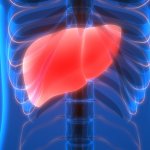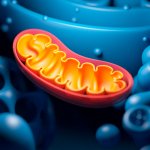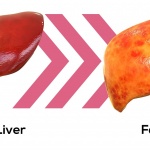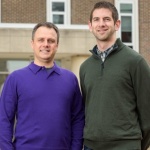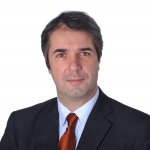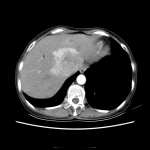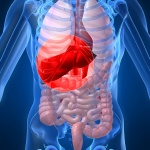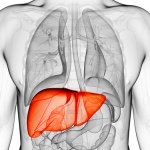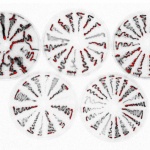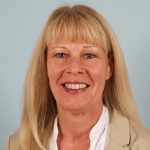
News • NAFLD
Fatty liver disease: critical regulator discovered
Non-alcoholic fatty liver disease (NAFLD) is a condition where fat accumulates in the liver and has become the most common liver disease worldwide. While NAFLD shows few or no symptoms at initial stages, it is a potentially serious disease which can progress to an inflammatory state called steatohepatitis (NASH), which can lead to liver cirrhosis and cancer. Fatty liver disease can be managed by…




